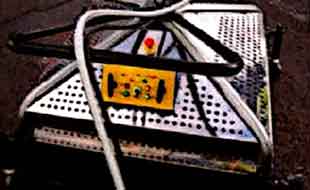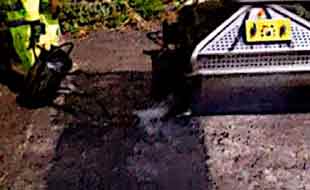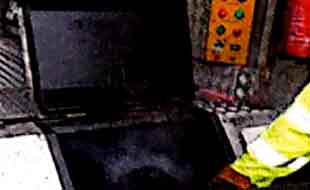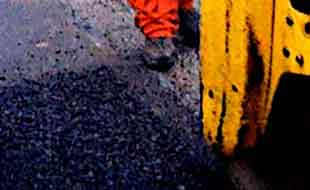1. HEATING: The portable thermal heater is positioned over the defect area, An 8 minute pulsed heat cycle allows the fully controllable and efficient NIT heater to penetrate the wearing course to relinquish its strength, creating a workable material without carbonising or damaging it in the process. |  |
2. SCARIFICATION: To deliver a strong seamless joint, operators scarify an area 50mm in from the repair edge. This ensures integrity of the heated thermal joint between new and existing material. No material is taken from the repair, everything is recycled in-situ, resulting in no waste or landfill. |  |
3. REJUVENATION: High-grade enriched emulsion is added to the repair area. This is evenly mixed through the recycled material to deliver a consistent and even exposure. This recoats the recycled aggregate increasing bitumen content to near ‘new materials’ levels. |  |
4. NEW MATERIAL: Material is supplied in 25kg bags for ease of use and is fed to and from the on board hot-boxes. New material is heated to 100°C before being transferred to the repair area. Sufficient levels of material are added to create a level repair following compaction. |  |
5. CHECKING TEMPERATURE: An infrared thermometer is used tocheck the temperature of the repair area, material temperature should be typically between 70-100°C to provide the best compaction conditions. This many vary depending on material used. |  |
6. COMPACTION: Compaction equipment is specified in line with the repair area’s requirements. All edges are compacted to create a mechanical interlock with the surrounding surface. |  |